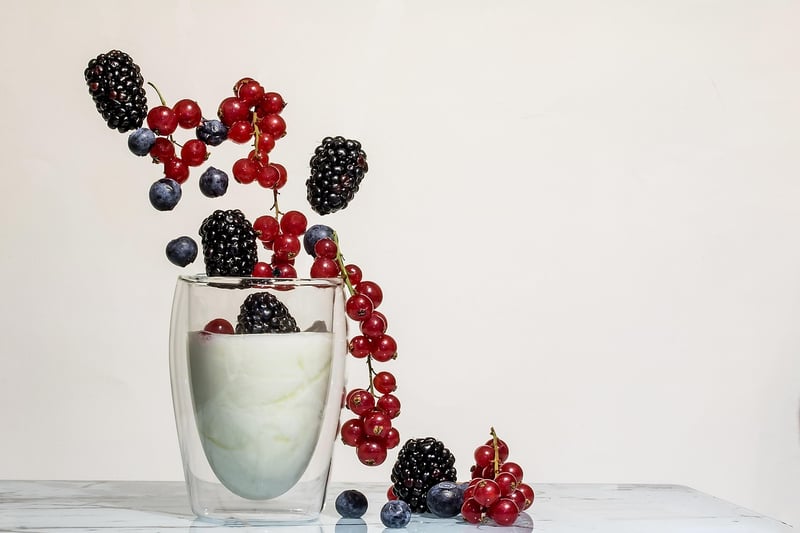Shooting in Low Vis
Mastering Underwater Shots + Shooting in Low Visibility Conditions
Introduction
Underwater photography is a unique and challenging form of photography that requires special skills and techniques to capture stunning images. In this guide, we will explore how to master underwater shots and provide tips for shooting in low visibility conditions.
Mastering Underwater Shots
1. Use natural light: Utilize natural light as much as possible to capture the true colors of the underwater world. Position yourself correctly in relation to the sun for the best lighting.
2. Get close to your subject: Water reduces color, contrast, and sharpness, so it's essential to get close to your subject to minimize the water between you and the subject.
3. Control your buoyancy: Proper buoyancy control is crucial to avoid disturbing the marine environment and getting the best angles for your shots.
4. Shoot from different angles: Experiment with shooting from various angles to create dynamic and interesting compositions.
Shooting in Low Visibility Conditions
1. Use a powerful dive light: In low visibility conditions, a powerful dive light can help illuminate your subject and bring out details in your photos.
2. Adjust your camera settings: Increase your ISO and open up your aperture to allow more light into your camera in low visibility environments.
3. Use a focus light: A focus light can help your camera autofocus in low light conditions, ensuring your shots are sharp and in focus.
4. Practice good buoyancy: In low visibility, good buoyancy control is even more critical to avoid stirring up sediment and ruining your shots.
Conclusion
Mastering underwater shots and shooting in low visibility conditions require practice, patience, and a good understanding of underwater photography techniques. By following the tips outlined in this guide, you can improve your underwater photography skills and capture stunning images beneath the surface.

For more tips and inspiration, check out our Underwater Photography Guide.
